I’m Anu! I research, make, craft, code, and sometimes, hack things.
Subverting IoT Futures 🌀️
Workshop: Counterfactual Natures in SIDeR (Student Interaction Design Research Conference) 2016
"‘Counterfactuals’ are central to the theory of possible worlds.
(Wakkary et al, 2015)"
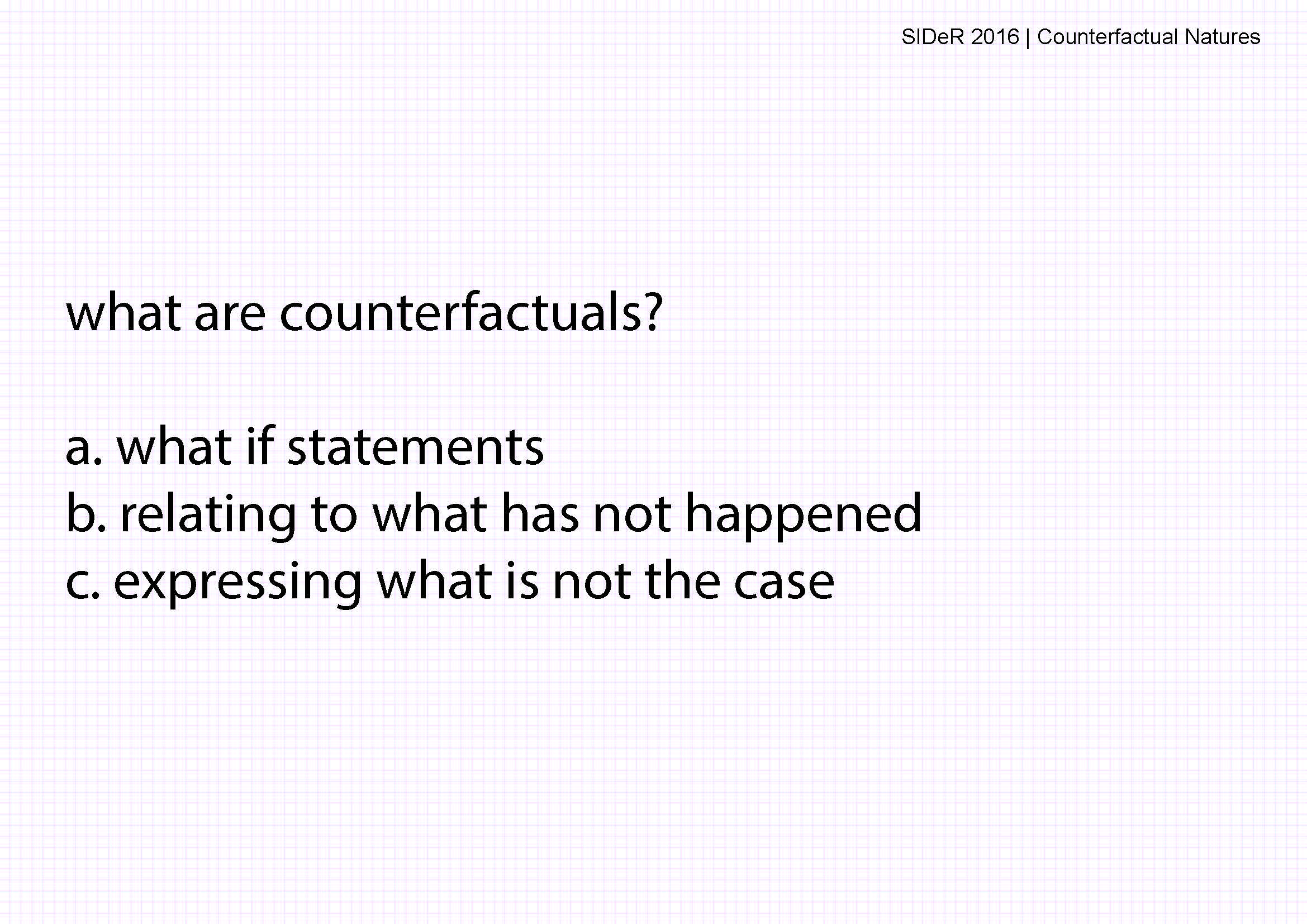
Workshop Call - Student Interaction Design Research Conference (SIDeR) 2016
In this workshop, we will together explore potential, plausible, and possible futures in our interactions with technological devices. The aim is to critically inquire about the preconditioned ways in which we use technological artefacts, to "subvert a single authoritative interpretation of a system in the service of provoking people to arrive at their own self-determined understanding (Wakkary et al, 2015).”
We will present and interact with a series of design artefacts that combine everyday objects and modules from PELARS, an ongoing european research project exploring learning and building with hardware at Malmo University (“Learning+Making,” n.d.). These artefacts will be designed to exhibit peculiar behaviours that challenge original assumptions and thus support the creation of new interactions. What kind of design spaces and alternative fictions might we enter while encountering the unfamiliar? The workshop will be a collaborative effort to generate new configurations of use with the PELARS toolkit, while situating it in the everydayness of the world.
Organisers: Anuradha Reddy, Nils Ehrenberg
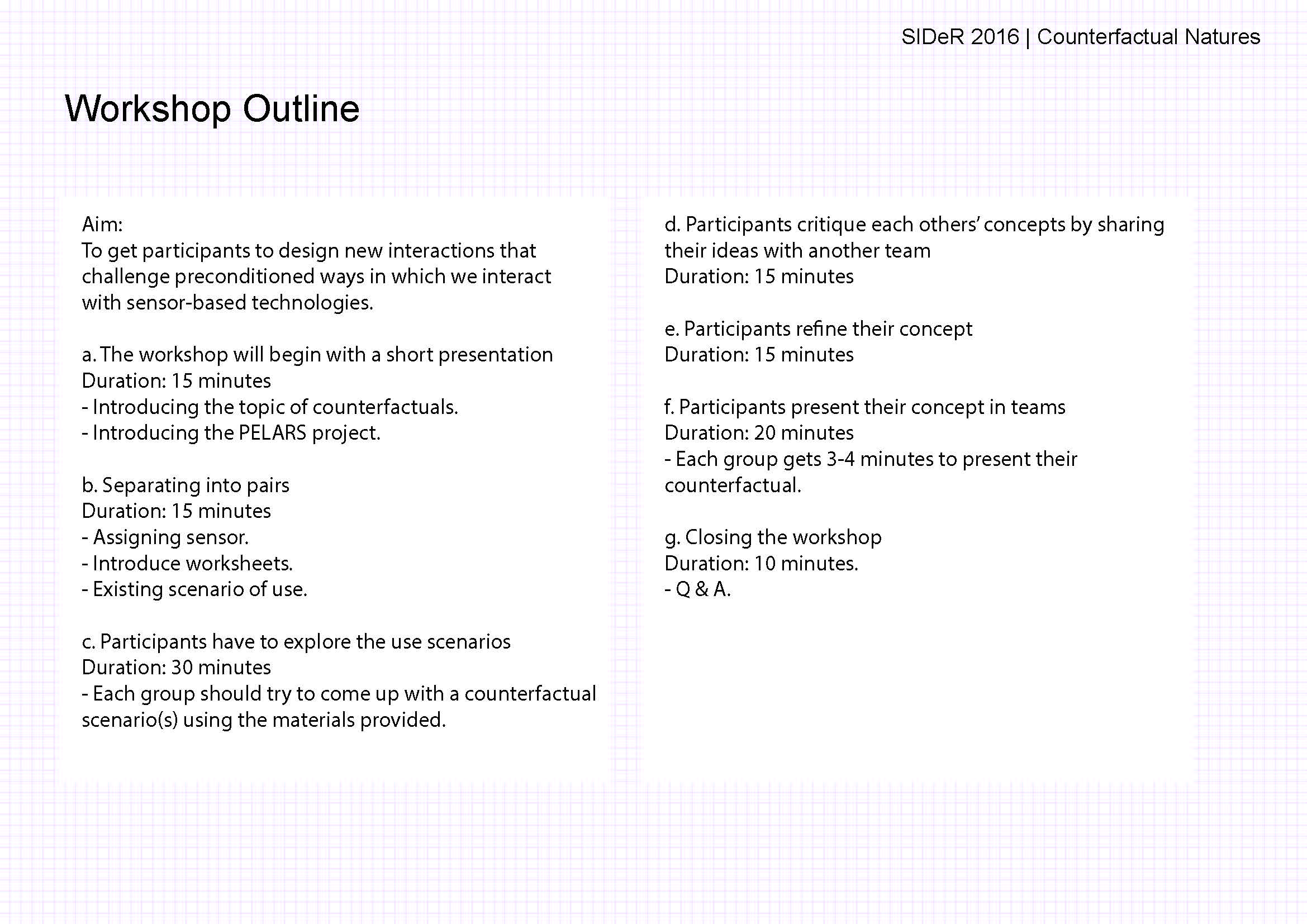

Workshop proceedings
Counterfactual - FLOW
FLOW is a counterfactual 'smartwatch' where its primary function is NOT to depict time but to indicate time-flows. The watch-face resembles an hour glass with sand in it. Based on changes in the weather, the sand inside the watch moves to indicate changes in time-flows.
Below is a step-by-step pictorial description of how two participants in the workshop came up with this concept.
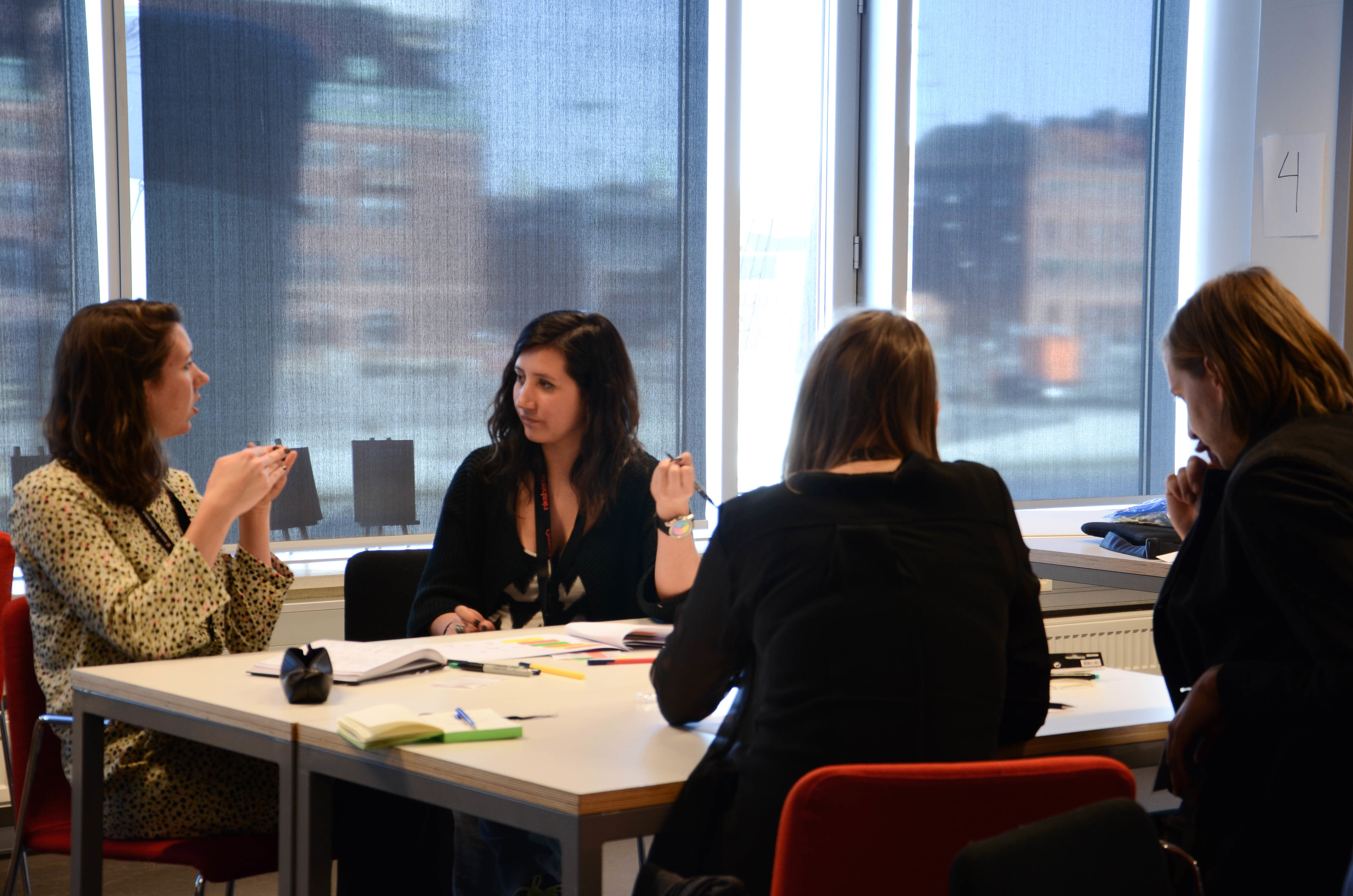
The participants were asked to separate into pairs and assign a sensor they would like to work with from the PELARS sensor kit
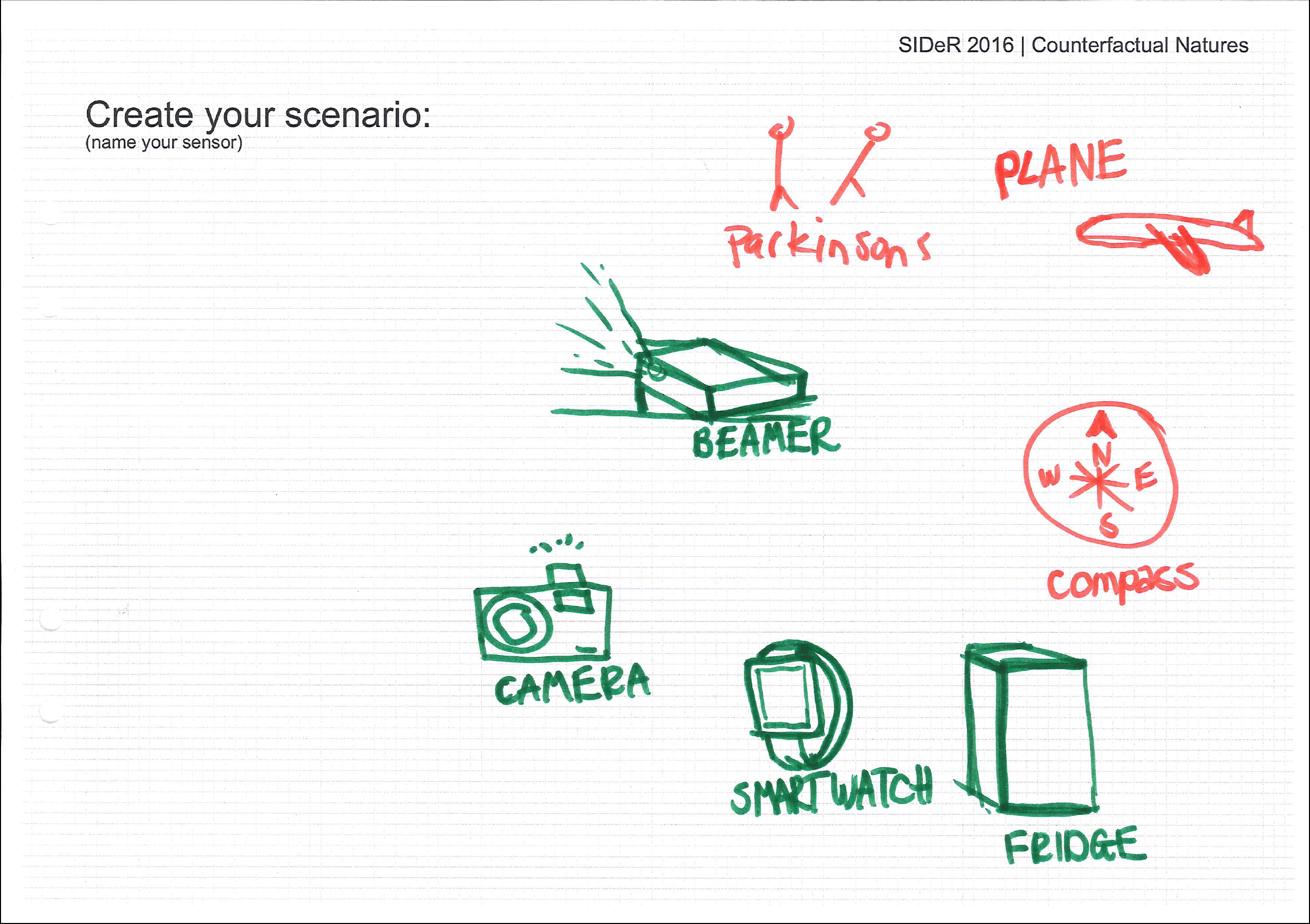
The participants imagined different use-scenarios for sensors
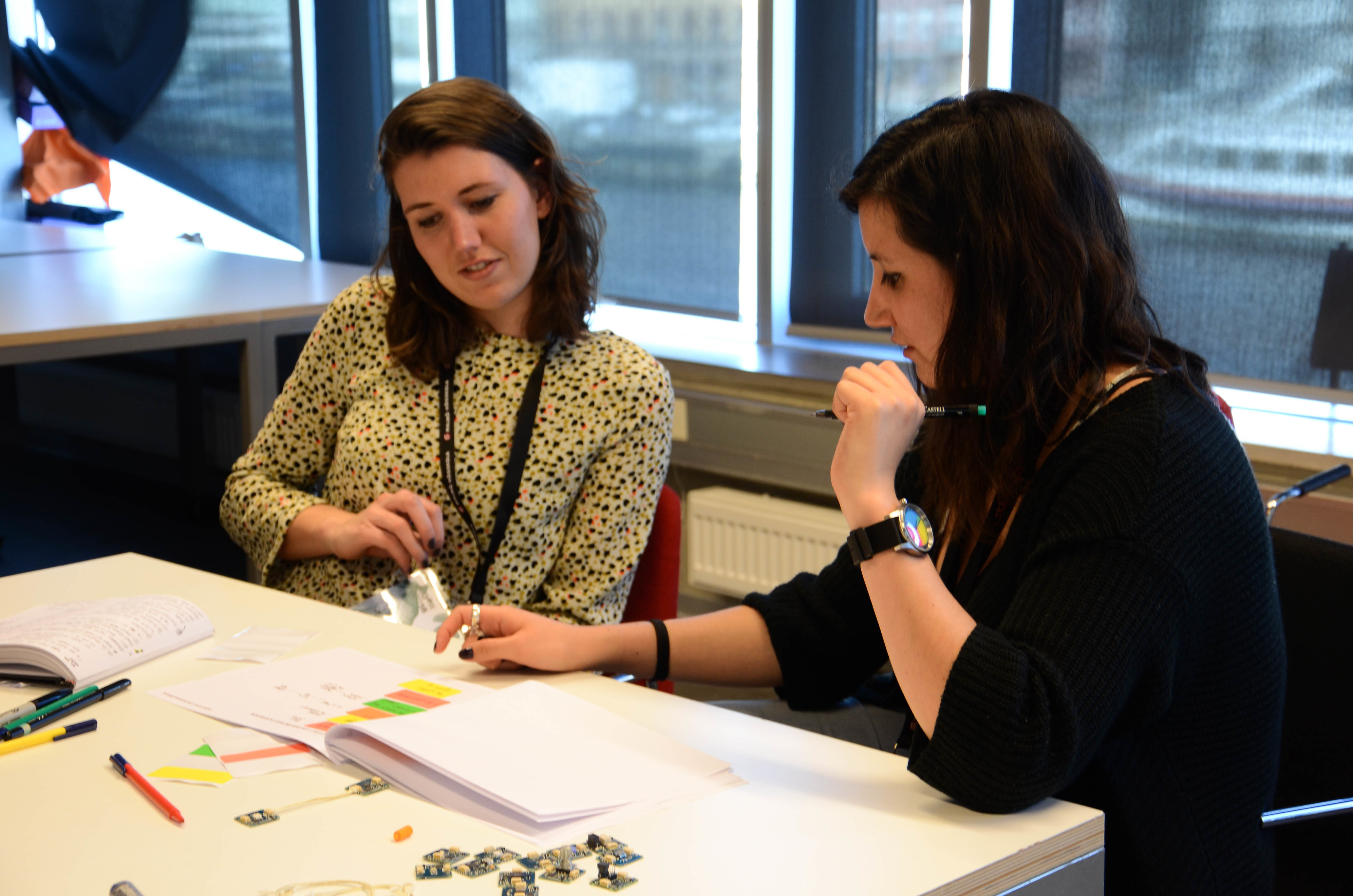

They created factual workflows using sticky post-it notes
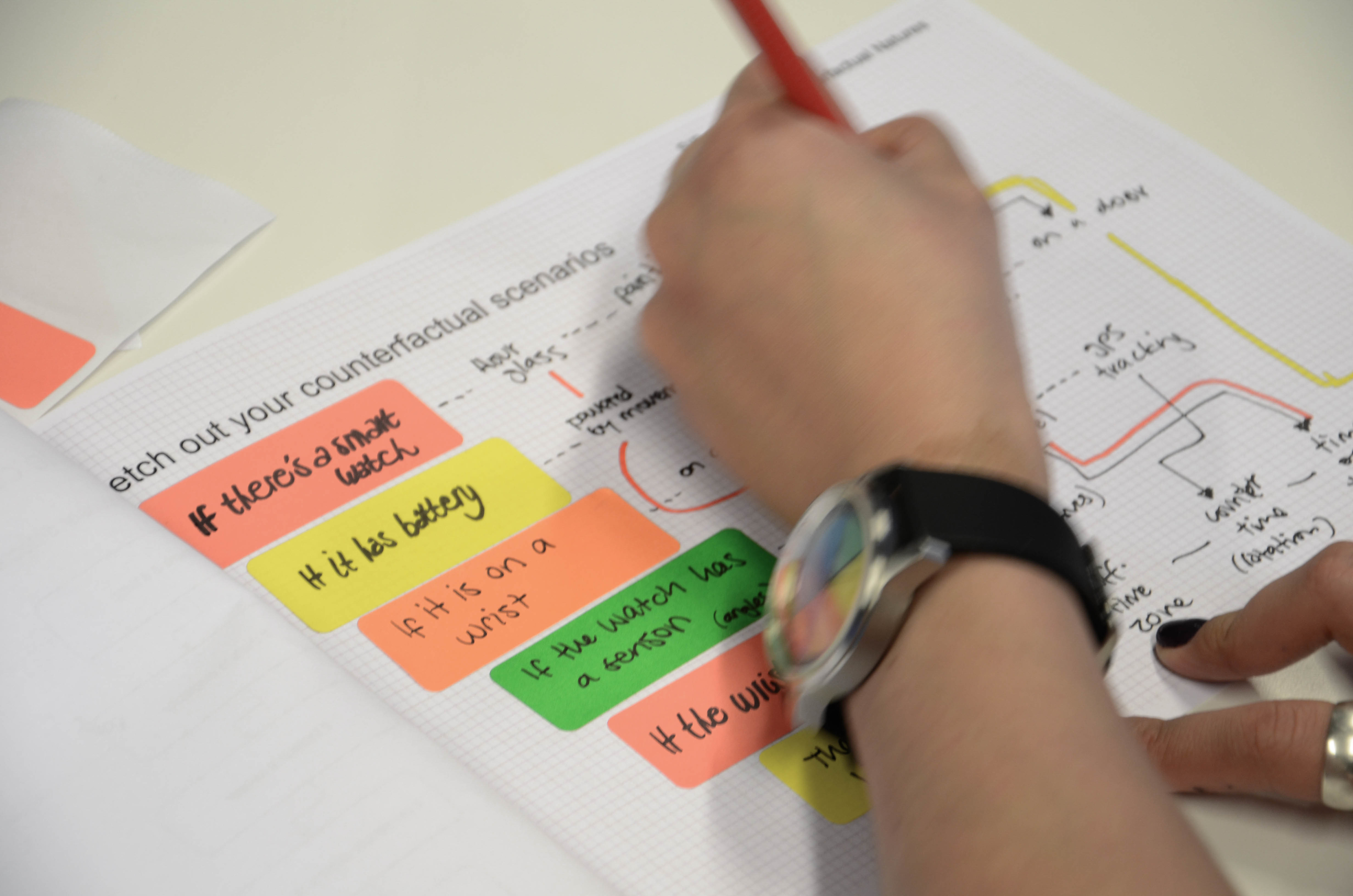

The two participants imagined counterfactual workflows from factual workflows
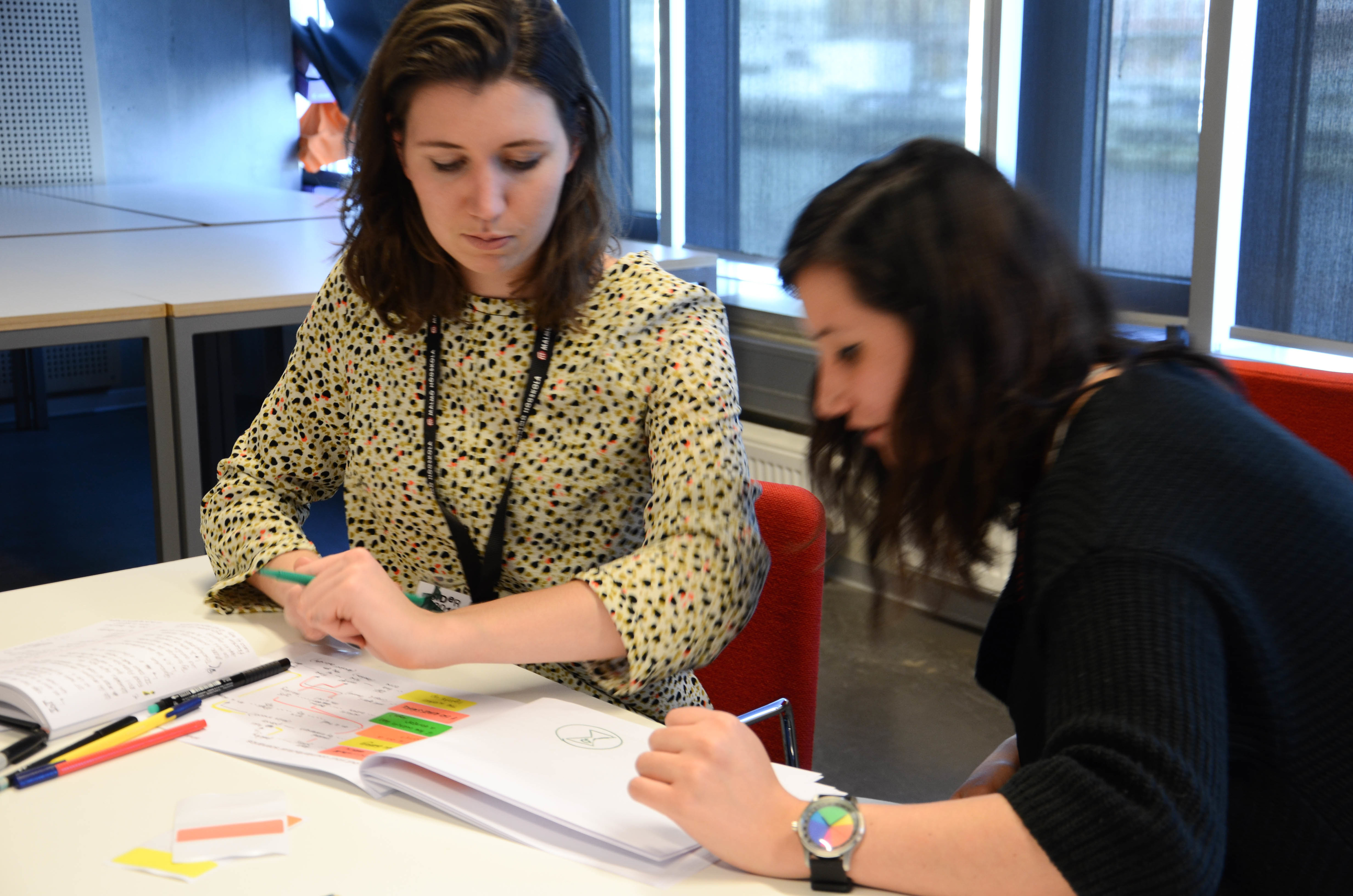
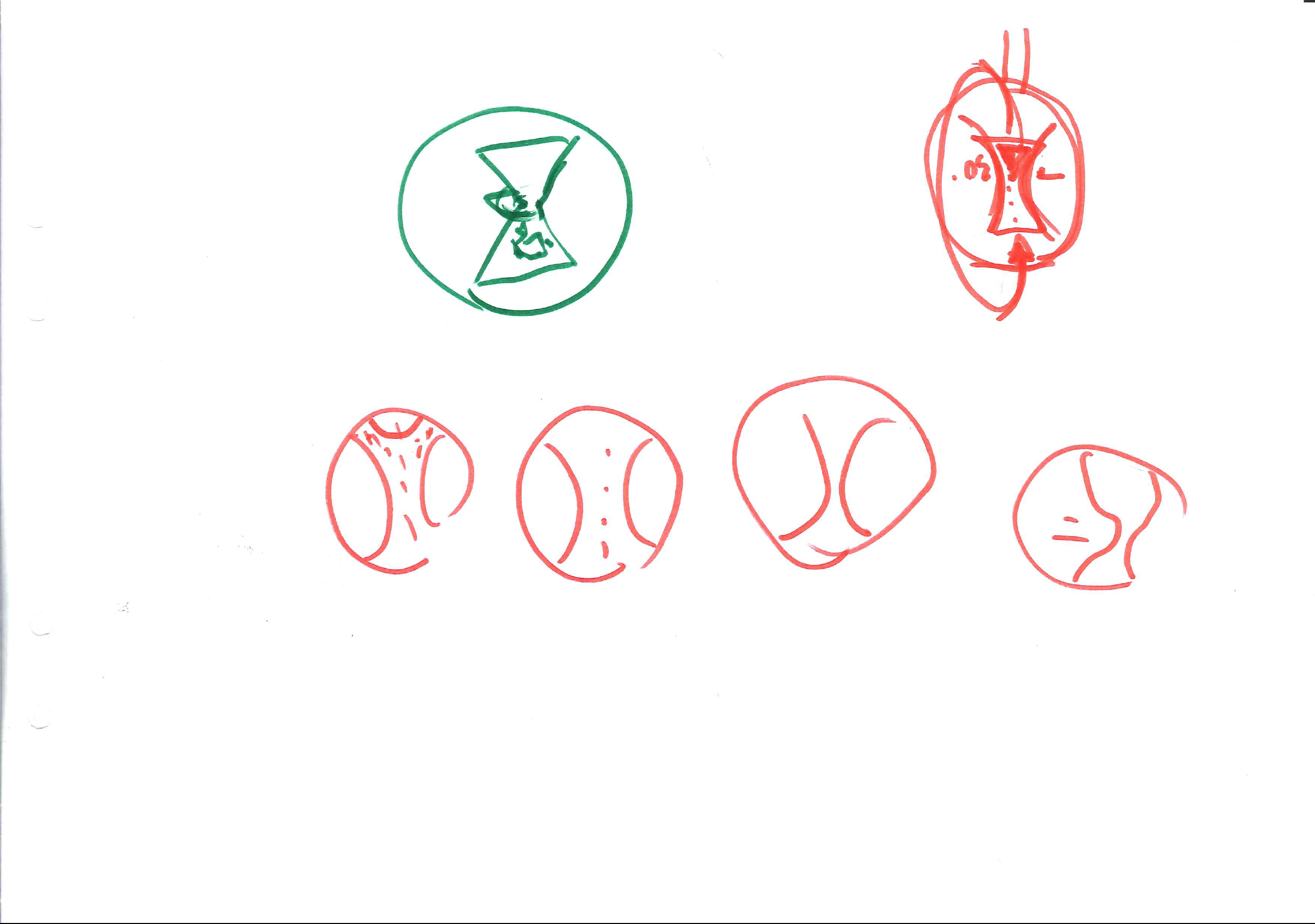
They finalised the concept of their counterfactual sensor-based product
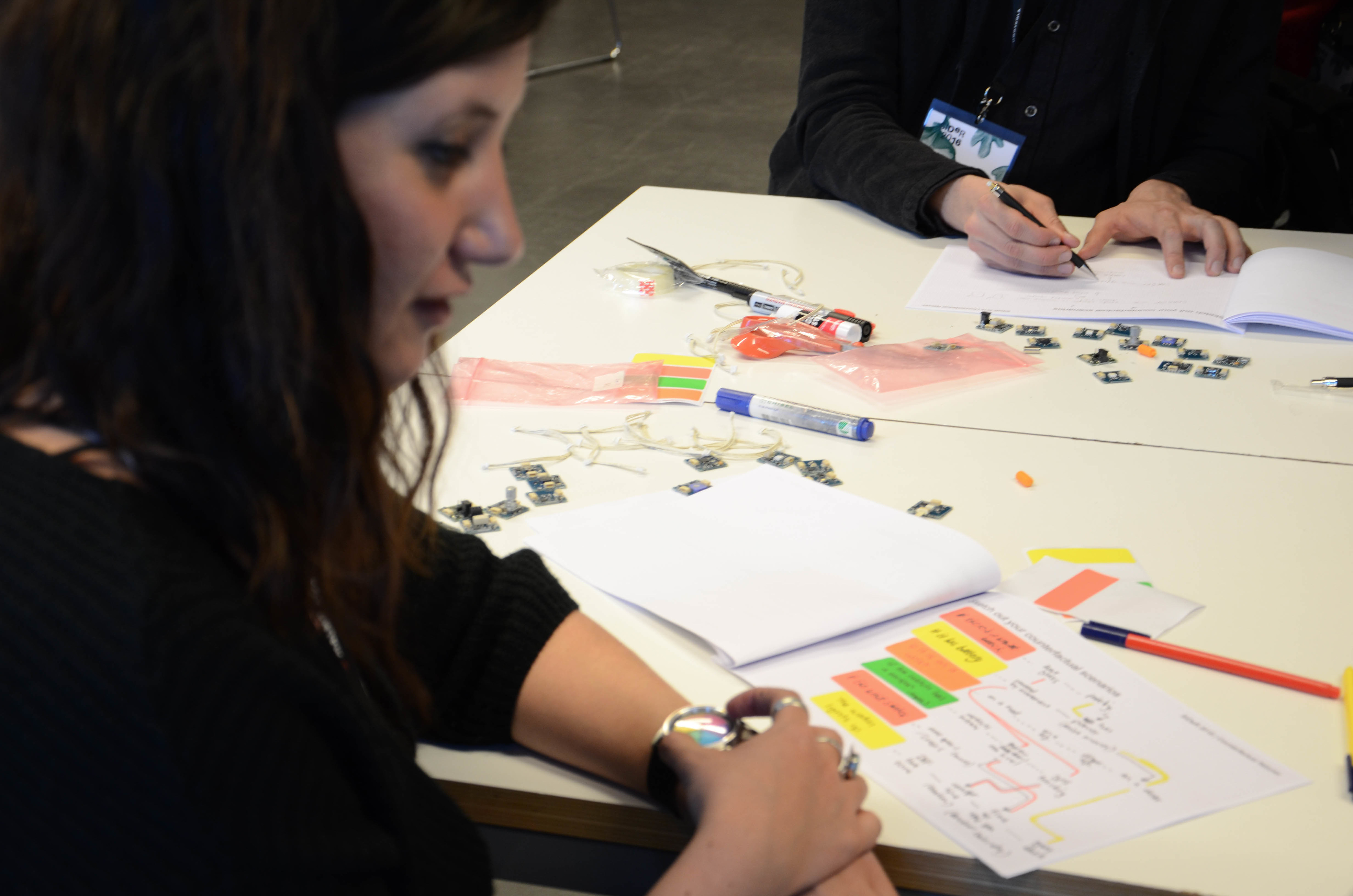
Participants tried to experience how the concept might work
Participants made their prototype with foamboard and sugar as raw material
Final prototype of the counterfactual 'FLOW'
References:
Wakkary, R., Odom, W., Hauser, S., Hertz, G., & Lin, H. (2015). Material Speculation: Actual Artifacts for Critical Inquiry. Aarhus Series on Human Centered Computing , 1 (1), 12. https://doi.org/10.7146/aahcc.v1i1.21299
Pierce, J., & Paulos, E. (2014). Counterfunctional things: exploring possibilities in designing digital limitations. In Proceedings of the 2014 conference on Designing interactive systems (pp. 375–384). ACM. Retrieved from
https://dl.acm.org/citation.cfm?id=2598522
Sengers, P., & Gaver, B. (2006). Staying Open to Interpretation: Engaging Multiple Meanings in Design and Evaluation. In Proceedings of the 6th Conference on
Designing Interactive Systems (pp. 99–108). New York, NY, USA: ACM. https://doi.org/10.1145/1142405.1142422
Learning+Making. (n.d.). Retrieved from http://www.pelarsproject.eu/